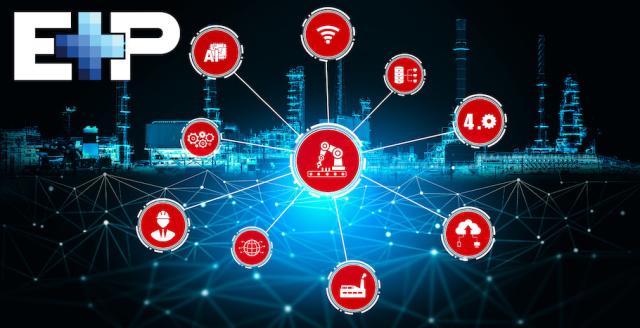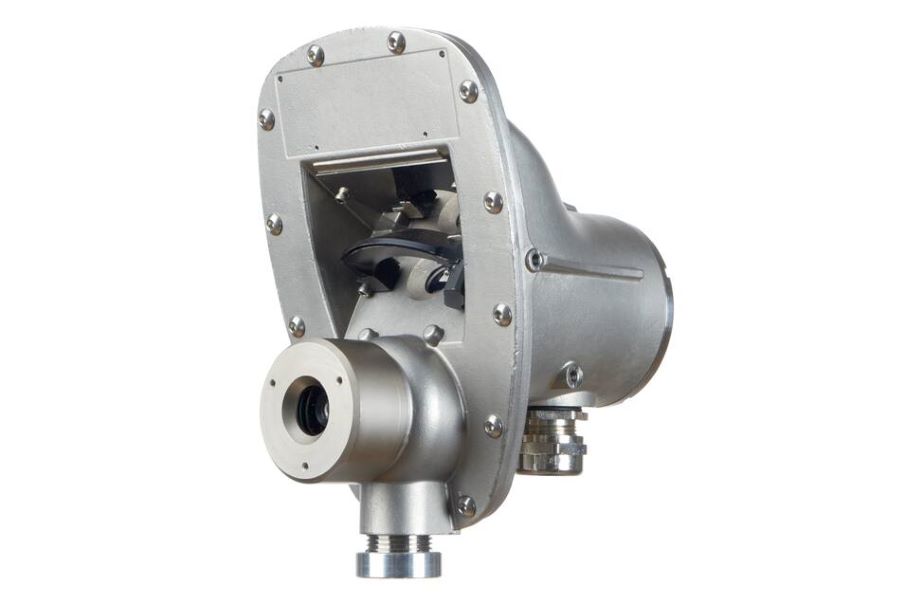
Presented by:

Editor's note: This "Tech Trends" section appears in the E&P newsletter. This weekly section highlights the latest upstream technologies and services for the oil and gas industry. The copy herein is compiled from press releases and product announcements from service companies and does not reflect the opinions of Hart Energy.
Subscribe to the E&P newsletter here.
Improving unconventional hydraulic fracturing and wireline operations
Intelligent Wellhead Systems Inc. (IWS), a supplier of digital technologies that improve oil and gas well completion operations, announced that oil and gas company algorithms to improve completions may now be combined with hydraulic fracturing, wireline and pressure control job data to create customized workflows, threshold alerts and other analytical applications. The company’s inVision technology platform features a powerful data acquisition and control system, iHub, which is a proven digital technology infrastructure at the well site for hydraulic fracturing and wireline operations. The latest innovation for the platform is the ability to leverage the iHub infrastructure provided by IWS to implement operator-driven analytics on the edge or in the Cloud. The iHub delivers field-proven data acquisition, storage, bi-directional sync, edge computing power and an open infrastructure to enable operators to deploy and implement their own proprietary algorithms or digital workflows on the edge or in the Cloud.
Camera visualizes invisible gas hazards

Dräger’s MetCam optical gas detection camera automatically identifies and quantifies methane leaks under challenging conditions. Potential hazards from escaping gases can be assessed more quickly and more precisely. For areas with invisible methane gas leaks, the product complements conventional point gas detection systems with area monitoring. In contrast to point detectors, the gas source does not have to be in the immediate vicinity of the gas camera; its field of view is already sufficient to detect the escaping gas, meaning detection is independent of wind or other influences. The gas cloud is visualized s a colored overlay on a black and white video image, and the camera automatically quantifies the concentration of the escaping gas. It can also be used to measure emissions or as a surveillance camera with a color image. The camera automatically detects with the optics are dirty or obscured and sends an appropriate warning to avoid false alarms.
Recommended Reading
US Drillers Add Oil, Gas Rigs for First Time in Five Weeks
2024-04-19 - The oil and gas rig count, an early indicator of future output, rose by two to 619 in the week to April 19.
Strike Energy Updates 3D Seismic Acquisition in Perth Basin
2024-04-19 - Strike Energy completed its 3D seismic acquisition of Ocean Hill on schedule and under budget, the company said.
Santos’ Pikka Phase 1 in Alaska to Deliver First Oil by 2026
2024-04-18 - Australia's Santos expects first oil to flow from the 80,000 bbl/d Pikka Phase 1 project in Alaska by 2026, diversifying Santos' portfolio and reducing geographic concentration risk.
Iraq to Seek Bids for Oil, Gas Contracts April 27
2024-04-18 - Iraq will auction 30 new oil and gas projects in two licensing rounds distributed across the country.
Vår Energi Hits Oil with Ringhorne North
2024-04-17 - Vår Energi’s North Sea discovery de-risks drilling prospects in the area and could be tied back to Balder area infrastructure.



